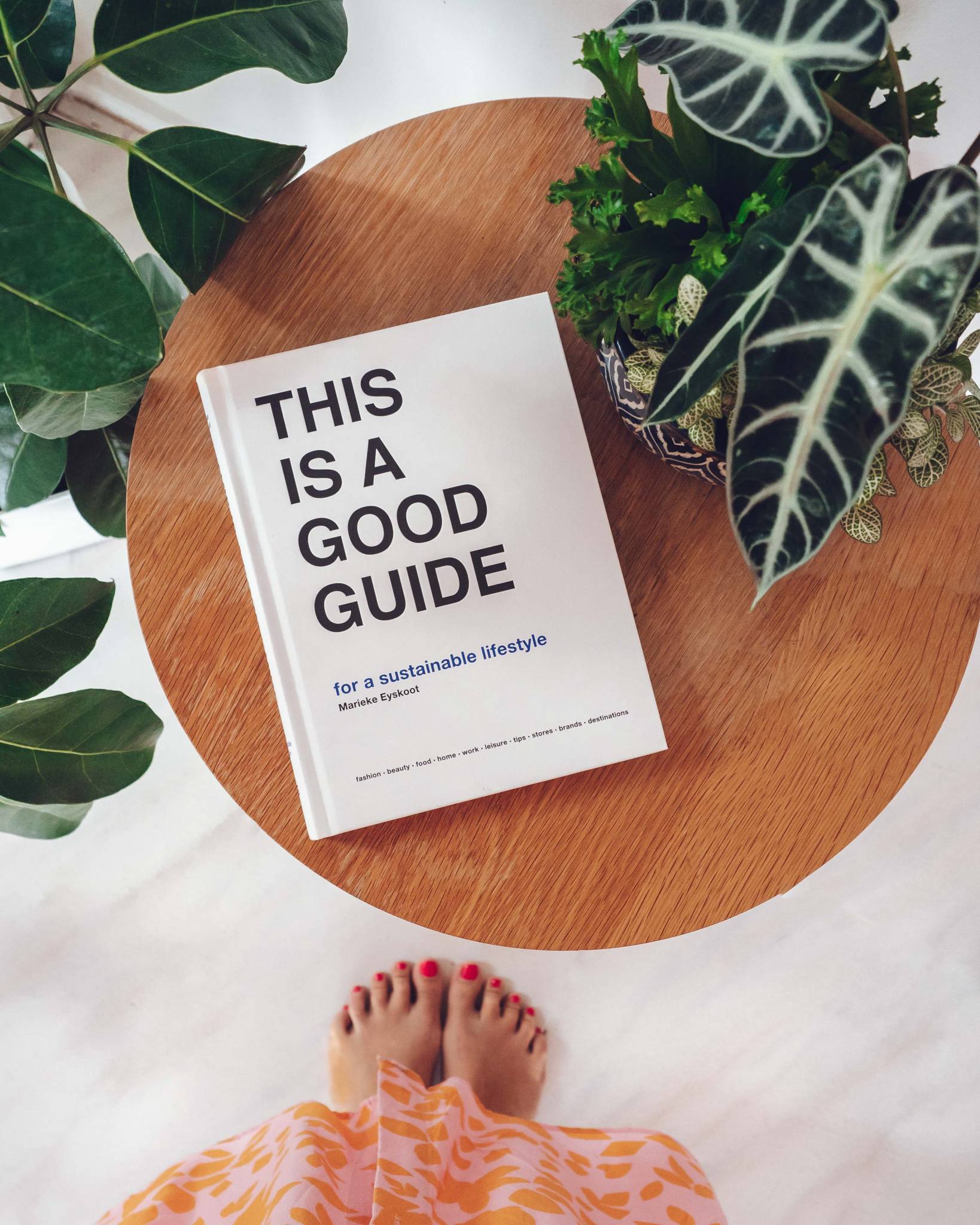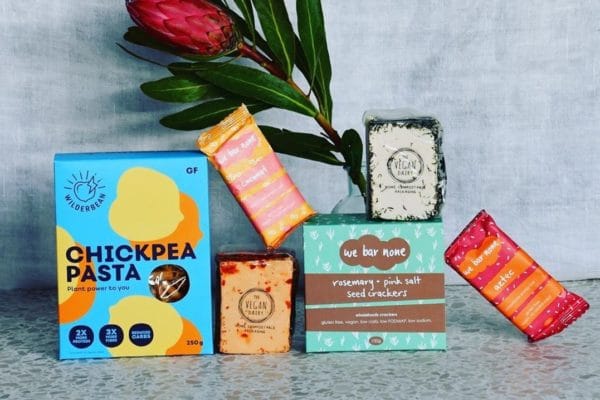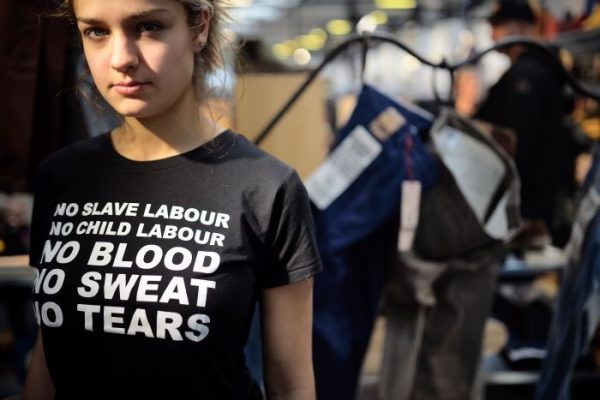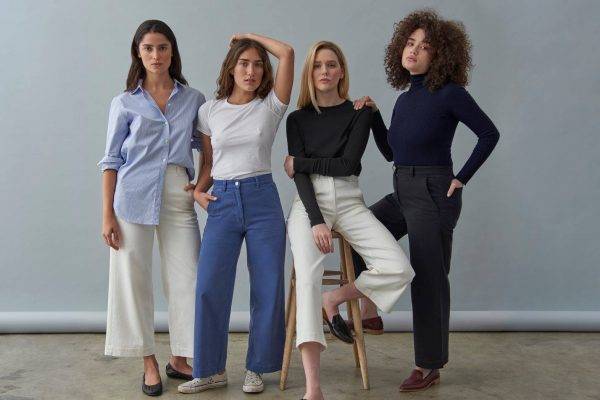I believe most people care about living a better more sustainable lifestyle, they just don’t know where to start.
There’s a wide gap in knowledge and awareness between eco-warriors and the everyday person. To fix this gap, we need clever communicators and no bullsh*t guidance.
Marieke Eyskoot is one of these effective communicators, with her approachable presenting style and practical guidance. Marieke is an eco-expert from the Netherlands, specialising in sustainable fashion and lifestyle with over 15 years of global experience.
Image Kira Simpson
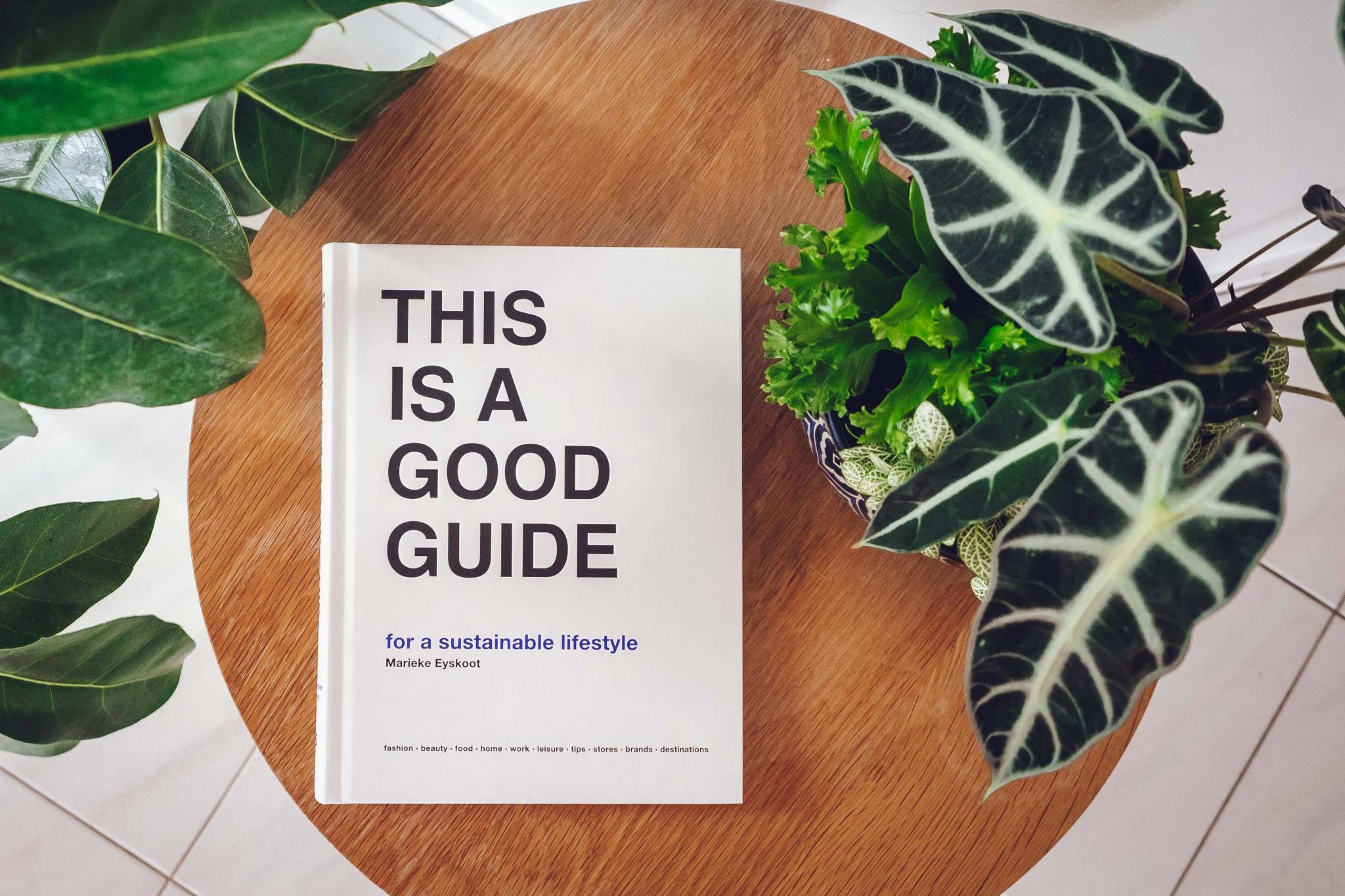
Her recent venture has been a very successful publication ‘This is a Good Guide – for a Sustainable Lifestyle’, packed with practical tips on conscious living.
The Dutch version published last year was so popular that Marieke revised it to an international version. With Marieke currently touring Australia and New Zealand alongside the release of the book, we had to pleasure of soaking up her wise words.
What first sparked your interest in influencing and empowering others to make positive sustainable changes in their lifestyle?
All of the questions that people ask me! At every birthday party, event or meeting and on social media, people want to know how they can start (to live more sustainably), what they can do, where to find it, what to look out for. There is such a need for this information.
“Many really would like to live more sustainably, but just don’t know exactly how. So I wrote this book (‘This is a Good Guide…) to try and give as many answers as I possibly can, to enable everyone to go for it.”
Luckily it seems to work, as I’ve been lucky enough to receive lots of responses of readers who indeed feel empowered, who say they finally know what to choose, who are really inspired and have immediately started taking some steps, who now even know what to study, who feel that it’s the perfect gift for friends or even that it has changed their life. How amazing!
Could you give us some insights into your new book – who’s it aimed at and why should we read it?
Would you like to live a bit more consciously, but don’t know how? And rather not put much time, money or effort into it? Then this is the book for you.
Do you know a lot about sustainability already? Then you might even find new insights, entry points, brands or suggestions in this guide. It’s filled with practical and positive tips regarding fashion, beauty, food, home, work, and leisure, and shows that stylish and sustainable go very well together. And especially that it’s about good, not perfect: about smart choices, doing what you can and what suits you.
“With this modern handbook, I aim to make green and ethical living fun and doable. The right addresses, beautiful brands, inspiring insights, surprising facts, hands-on dos and don’ts, saving suggestions, useful solutions – exactly what you need. After all, doing good and feeling good at the same time: does it get any better than that?”
It contains over a 100 Australian brands, (online) stores, (food) destinations and initiatives, but also from all over the world (where it’s also being published): New-Zealand, the United Kingdom, America, Canada, Denmark, Finland, Germany, Norway, Sweden, The Netherlands and beyond.
Additionally, it includes interviews with leading icons such as Livia Firth, Safia Minney and Green Kitchen Stories and features Australian pioneers such as Vogue’s Clare Press, Jennifer Nini of Eco Warrior Princess, model-activist Robyn Lawley, Ethical Clothing Australia, Kester Black, Mukti, The Social Outfit, Lentil as Anything, Good on You, Well Made Clothes, Vinnies, Inika, Loving Earth, EKOLUV, of course The Green Hub and many more.
I hope to have been able to connect to issues that matter to Australia, such as single-use plastics, zero waste lifestyle, pollution and more and what you can do to help.
How long did the book take you to put together & what was the most enjoyable part?
The Dutch version took me three months of full-time writing, and then another few months for the design (which was very important to me). By then I had already done most of the research though, which of course also took place during the years of working in this field.
Then I had six weeks to make an international revision, which was rather hard-going and contained some long days/nights – but it was all worth it. Being able to showcase all the amazing brands and stores making a change is an amazing part of this work (it’s also the hardest, as it’s not possible to include everyone for obvious space reasons, and that is not enjoyable).
“Also, learning more about the movement through writing it, and sharing about issues I feel very strongly about – such as women’s rights, inclusiveness, ridiculous taboos on for instance our periods or body hair, and the way the pressure to look good prevents of from being able to do good. The regular fashion, accessories, beauty and diet industries work hard to make us feel as bad as possible about ourselves, to then offer us the solution: their products…We need to actively recognise and resist the way the industry makes us feel, to save and free both ourselves and the planet.”
We are not only talked into a problem that didn’t exist before, and given a solution that doesn’t work – we are also lured into incessantly buying more and more, which makes it nearly impossible to become truly sustainable. This commercialisation of our body image lies at the heart of our struggle to change our behaviour (and the world).
What’s your advice for effective communication on such difficult subjects like sustainability and social responsibility?
Be honest. Really, I think that is the most credible way. Don’t make what you do bigger than it is, don’t greenwash your efforts, but also don’t make it smaller, as people are very much looking for this information. Of course, you can be proud of your efforts in these fields, so don’t be shy to communicate about them.
But then also tell us what you’re not doing yet, why this is, and how you see the road towards achieving that. This way you’ll not only be believable, but we as customers can also go on this journey with you. Also be specific and clear – throwing around a huge amount of vague terms is very old-fashioned, and will not convince many people anymore. Don’t be afraid to be real, it will yield trust and believability.
What is your top piece of practical advice to live a more sustainable lifestyle?
Besides ignoring commercially-led conventions of what we should buy and look like, I would say quality over quantity anytime, works a dream not just for items such as clothes and gadgets, but also for instance food, travel or even relationships.
Where’s next on your book tour?
I’m in Australia for three months in total (which is amazing!), traveling from Sydney to Melbourne and Adelaide.
Next year, I am lucky and honoured to be invited to Norway, Germany, and Rio de Janeiro. I’m not sure I’m actually going to the last one yet, and always try to base my decision on whether I feel the positive impact I can make equals out the negative one through travel. Also, is there a local person who could also give the same input (if it’s for instance for a panel) or who equally deserves this spot?
We’ll see where it all takes me, but for now, I am really happy to be in this very welcoming country. Thanks so much for having me!
PIN ME
